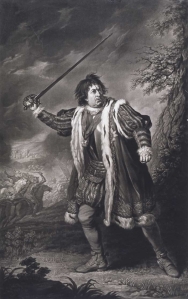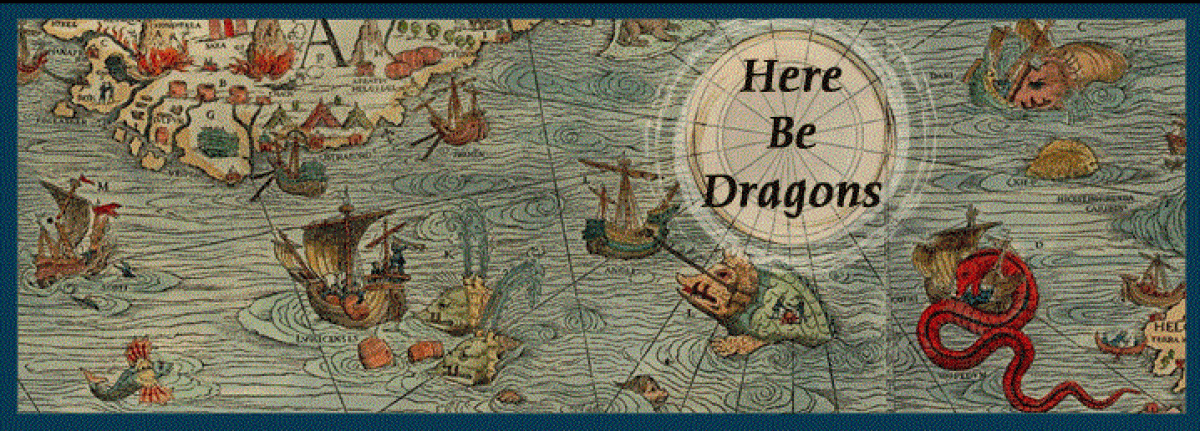
When you think of great Shakespearean actors, who comes to mind? I think of Kenneth Branagh, James Earl Jones (is there a better Lear?), Lawrence Olivier, Helen Mirren and Tom Huddleston. Each of these actors, when on stage, becomes the character they play. We are pulled into the drama precisely because of this. Modern audiences are accustomed to players who bring fiction to life; we would be disappointed by actors who just recited lines. There a term for this type of acting, “phoning it in”. “Hamming it up” is a derogatory term we use for those who do the opposite by overacting with exaggerated body language and lines. But, would you be surprised to learn this wasn’t always the case? Prior to 1740, this type of acting was the norm.
Jack Lynch, author of Becoming Shakespeare, offers readers a look into the history of how Shakespeare came to be regarded as the world’s greatest playwright. Lynch introduces us to the people behind the making of Shakespeare into the Bard we know and love today.
An interesting part of this story is the history of the theater and those who acted in it. We are introduced to several colorful characters whose popularity helped fuel the desire for Shakespeare’s work long after he created them.
One of these colorful characters was David Garrick, the first Shakespearean superstar. Garrick’s rise to fame was a result of his break with contemporary acting. Garrick would change audience expectations, and forever change what would be considered “acting”.
Before Garrick, actors were bombastic and flamboyant in both speech and mannerism. Acting was nothing more than reciting lines as loudly as possible with exaggerated body language. This was due in part because they had to carry their voices across the theater, and partly because being bombastic was considered “acting”. It never occurred to anyone to do anything else.

Garrick arrived on the London stage scene in 1740, having failed in his family’s wine trade. Garrick knew he was no businessman, and had always fantasized about acting. The Goodman’s Fields Theater in London gave him a chance; what we would term an “off-Broadway” theater company today. Garrick was given the star role in Richard III and was an instant hit, or at least, an instant sensation, as his unconventional methods would prove to be controversial.
Garrick abandoned traditional acting methods mentioned above. Instead, he appeared to feel the emotions he was portraying. One contemporary said of his style. “He is the only man on any stage where I have been, who speaks tragedy true and natural”. This “natural” approach to acting would revolutionize London’s theaters forever.
Not all audience members however appreciated this new style. Many felt Garrick was no “actor” and thought him a disservice to the theater. Henry Fielding satirized the uproar in a very funny scene in he novel Tom Jones. In the scene, Jones takes his servant Partridge to see Hamlet. Partridge having never been to the theater, mistakes Hamlet’s reaction to his father’s ghost as a real emotion. Later, when asked about the actor playing Hamlet, Partridge replies, “He’s the best player?! Why I could act as well as he myself. I am sure if I had seen a ghost, I should have looked in the same manner, and done just as he did”. Partridge points out that the King, a more bombastic player was the real actor on stage.
Thankfully the majority of theatergoers did not agree with Partridge’s sentiments. Garrick won over audiences and because of him we expect our actors to be natural. Garrick and his successors would bring new life into Shakespeare and helped created the emotional Shakespearean tone we know today.
For the fun of it.
In the course of a conversation this week with Professor Rosenblum, a noted Shakespearean scholar at the University of North Carolina, the subject of bombastic acting came up. Professor Rosenblum asked me if I had seen an episode of the Blackadder, in which two Shakespearean actors give the prince “acting “lessons. I had not, but eagerly sought it out after being told the episode makes fun of the bombastic style of acting and mentions Garrick. I found this clip, though the sound quality is poor, headphones may be required, so that you my dear readers can see just how far we have come thanks to Garrick and his “natural” style of acting.
Henry Fielding, Tom Jones
Jack Lynch, Becoming Shakespeare

Great post, and very apt Blackadder clip.
Our last home in Bristol was in the delapidated Regency area called Montpelier. At the bottom of our road was the first purpise-built retail street in Bristol named, after a Napoleonic Wars general, Picton Street; I used to pass a wall plaque that declared that the notable Victorian actor, Sir Henry Irving, lived there. Irving, the first actor to be knighted, had as great an influence as Garrick, and also divided the critics.
Round the corner from us (where our kids went to school) was Fairfield School, from where, a century ago, the young Bristolian Archibald Leach was expelled. I was told, but can’t confirm, that he also lived briefly in Picton Street. Leach of course is better known by his assumed name Cary Grant…
There you have it — two actors with Bristol connections who made their mark on their profession, not bad for a rather bohemian inner city area!
LikeLike
I lived in that house at the top of Picton Street while working on the Evening Post in the 1980s. If I recall correctly, its address was actually 9 Ashley Road, Montpelier. The plaque was under my bedroom window. Bit dodgy in those days, on the edge of St Paul’s, Stokes Croft and the city’s red light district . . .
LikeLiked by 1 person
I may well have passed you in the street then, Stuart, as we lived in Montpelier from 1974 to 2004! You no doubt also lived through the notorious riots, when we walked home innocently one night to find Ashley Road closed off and worried messages from relatives on our phone… Though a little more (if not much) gentrified these days, Picton Street retains its boho edge amidst all the graffiti and street art of the Republic of Stokes Croft, as you may well be aware.
LikeLike
I was reminded of the Scottish Play superstition watching a recent BBC production of Ronald Harwood’s 1980 play The Dresser, set during the Blitz, with a very stellar cast including Ian McKellen and Anthony Hopkins. That same ritual isplayed out for exactly the same reasons.
LikeLiked by 1 person